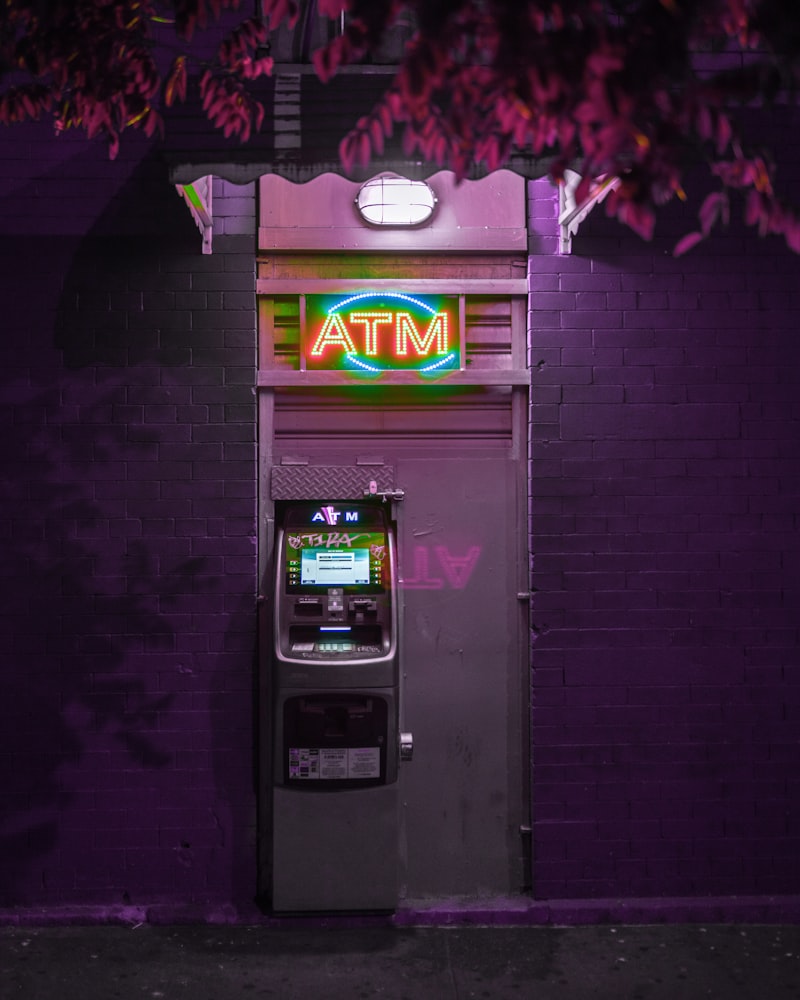Sam White explains what a crypto card is, and why she's a big fan of hers!
Cryptocurrency has skyrocketed in popularity over the last couple of years. Bitcoin was already a household name, but we can thank the recent rise of meme coins (looking at you, Doge!) for the massive onslaught of new and interested investors.
As the ecosystem continues evolving to become more mainstream, the need for accessibility has grown as well. New crypto investors are a great thing, we love to see it! The more people that become invested in crypto, the more the crypto economy will grow.
Previous waves of user adoption prompted the creation of crypto cards: specialized debit cards that are connected to your crypto wallet, allowing you to spend your cryptocurrency just like regular fiat money.
Thinking about opening up a crypto debit card? My personal experience is that it's absolutely worth it. Let's dig into what crypto debit cards are, where you can get them, and five reasons why this option is worth your time.
How do crypto cards work?
If this is your first time hearing about crypto debit cards, don't worry. We'll go over the basics first. A crypto debit card is a prepaid debit card that you link to your crypto account (on whichever platform you are using), thus allowing you to buy, sell, and most importantly, spend cryptocurrency.
Although crypto debit cards are technically considered prepaid cards (since they have to be "topped up" with your currency of choice) most of them are distributed by Visa and MasterCard, so they are accepted pretty much anywhere that Visa and Mastercard are normally accepted. The only exceptions are institutions or businesses that explicitly don't accept prepaid cards, including some subscription-based companies or services like Afterpay and PayPal's "pay in 4" option, where they rely on you to always have a positive balance or some type of overdraft protection.
Most crypto debit cards also offer super enticing rewards and perks such as cashback and incredibly low ATM, transaction, or conversion fees (if any). The perks depend on the card, but thankfully, you can pick and choose the one you like best!
What are the different kinds of crypto cards?
Different crypto companies have teamed up with Visa and MasterCard to offer crypto debit cards. So far, the most popular crypto debit cards include:
Each card has its own individual set of perks, so the card you ultimately decide to go with should depend on which one has the right benefits for you. With the crypto industry regularly pumping out new ingenuous schemes, we're sure to see many more options in the future.
1. Buy and sell crypto
The most obvious benefit to crypto cards is the ability to buy and sell crypto.
Are you a couple of dollars short on your purchase at the grocery store? Take a few seconds to transfer a bit of your crypto balance to your fiat wallet (the wallet that holds your local currency) and boom, in an instant, you have enough. Unlike other banks which can take anywhere from several business days up to a week to process transfers, having the option to immediately transfer funds from your crypto balance to your fiat balance is convenient.
2. Crypto rewards
Most crypto cards have pretty enticing perks and rewards that make them exciting opportunities. For this, we'll take a look at the Crypto.com Visa card.
Beyond the first tier, the Crypto.com visa card requires you to stake their app's official coin (CRO) to qualify for their crypto cards. Depending on the amount you stake, you will qualify for:
- Midnight Blue ($0 stake)
- Ruby Steel ($400 stake)
- Royal Indigo or Jade Green ($4,000 stake)
- Frosted Rose Gold or Icy White ($40,000 stake)
- Obsidian ($400,000 stake)
Obviously, the more CRO you stake and the higher the tier you qualify for, the better the perks.
Midnight Blue: 1% CRO rewards on all purchases.
Ruby Steel: 2% CRO rewards on all purchases, 100% rebate on Spotify.
Royal Indigo or Jade Green: 3% CRO rewards on all purchases, 100% rebate on Spotify, 100% rebate on Netflix, exclusive airport lounge access.
Frosted Rose Gold or Icy White: 5% CRO rewards on all purchases, 100% rebate on Spotify, 100% rebate on Netflix, 100% rebate on Amazon Prime, 10% rebate on Expedia, exclusive airport lounge access for you and one guest, exclusive access to the Crypto.com Private, and a welcome merch pack.
Obsidian: 8% CRO rewards on all purchases, 100% rebate on Spotify, 100% rebate on Netflix, 100% rebate on Amazon Prime, 10% rebate on Expedia, 10% rebate on Airbnb, exclusive airport lounge access for you and one guest, exclusive access to the Crypto.com Private, a welcome merch pack, and lastly, a private jet partnership.
3. Staking options
The requirement to stake your crypto can be either a pro or a con depending on what you're looking for. For example, when you sign up for the Crypto.com card, you must stake your introductory CRO coin purchase for 6 months to be eligible for the rewards that come with it. For some people, the thought of not being able to touch your money for 6 months is a bit daunting. But others know this can be a good thing.
Staking your crypto is an amazing way to grow money and generate a passive income. Being forced* to leave it alone will keep your money in one spot for longer than you might have if you weren’t staking it. By doing this, I've already almost doubled my initial investment.
*I use the term "forced" loosely, as you technically can draw your crypto out at any time, but doing so will stop the rewards associated with your card from being applicable.
4. Crypto cashback
Most crypto cards offer crypto cashback rewards on certain purchases. When you make a purchase using your crypto debit card, you get a certain percentage back either in fiat or in a coin (usually Bitcoin, ETH, or an app-specific coin like CRO).
Many regular credit or debit cards offer this perk as well, but the benefit of having this cashback come in crypto instead of fiat is the opportunity for that money to grow. As we all know, crypto fluctuates, so what was initially your $5 reward can eventually grow into $20, $50, or more.
5. Prepaid and reloadable
There are many reasons why having a prepaid and reloadable card as an option can be super handy. A safe and easy alternative to bank debit cards or predatory credit cards, having an option that doesn't come with interest, overdraft, or hidden fees can be really useful.
In conclusion...
As the crypto economy continues to explode, the need for easy and accessible ways to spend cryptocurrency will continue to grow at the same rapid pace.
Sometimes, from an investing standpoint, people forget the "currency" part of cryptocurrency. Cryptocurrency was originally made as an alternative currency, and crypto debit cards are an important tool in creating a crypto economy that is functional, accessible, and scalable.
Was this info helpful? Check out Sam's website, follow her on Twitter, and of course subscribe to the weekly Hedgehog newsletter!






